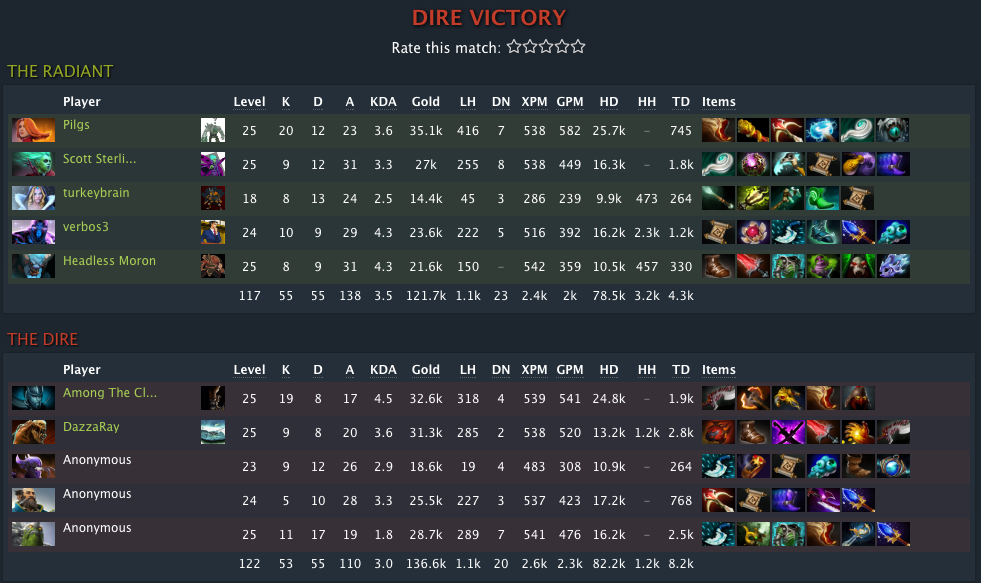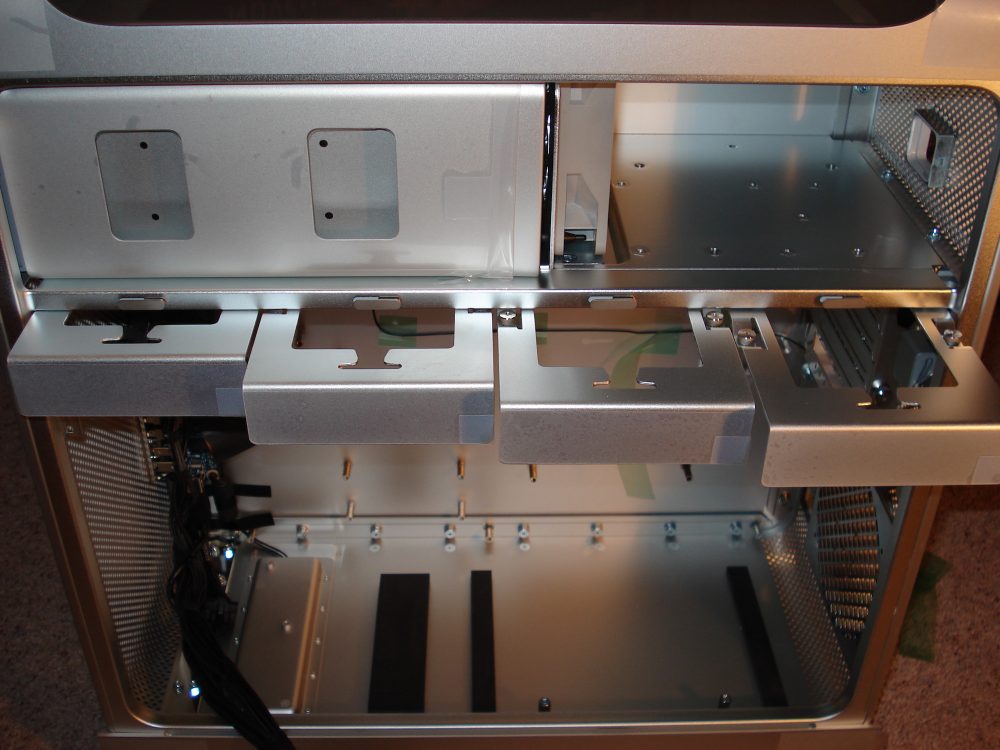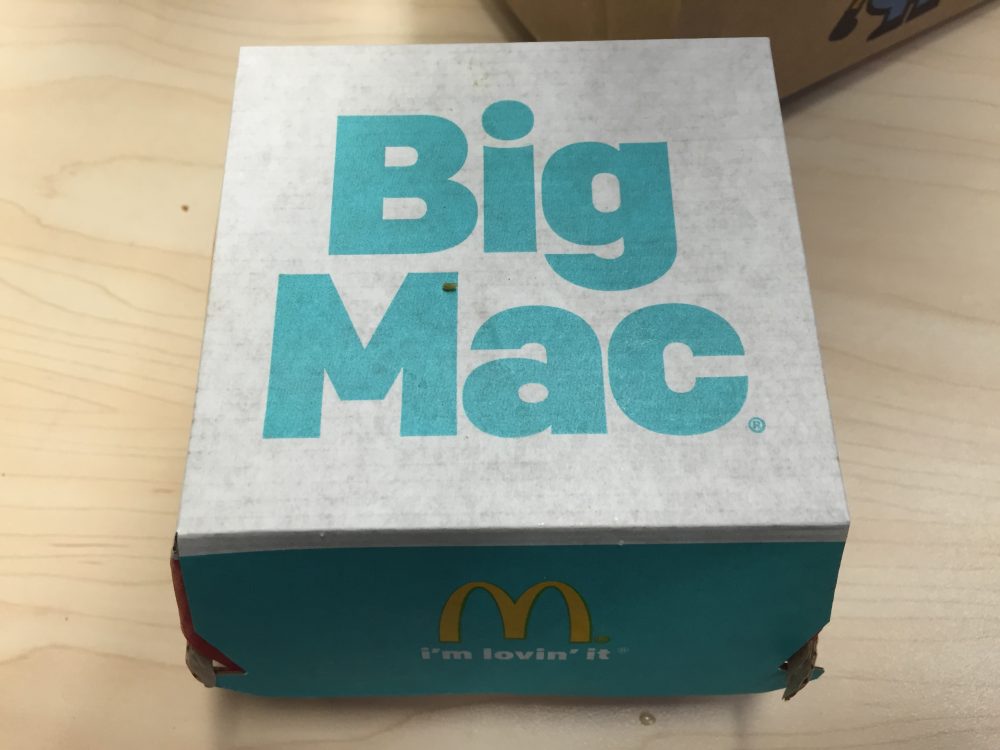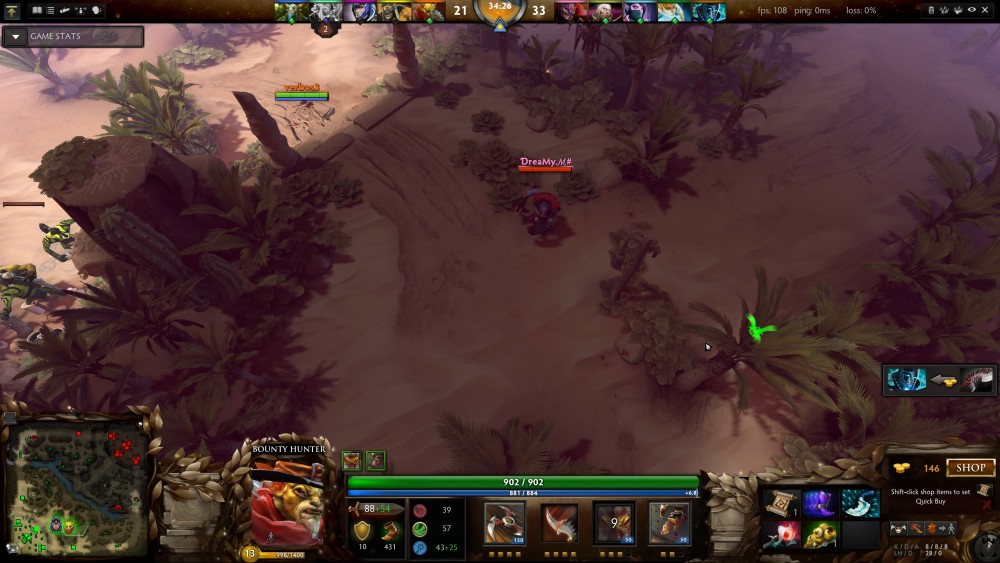Picture this: it’s the eve of the Dota 2 Manilla Major. Pro players from all the world will soon be converging in the Philippines to decide who the best team is of the current patch. I, a slightly-below-average skill player, queue for a game of Dota 2 on a Saturday night with four of my other friends, only to find that we’ve been matched up the most toxic team of Filipinos I’ve ever played against.
Completely unprovoked, they begin with slurs in their own language, then move on to abuse in English and then graduating to straight-out racism. Perhaps it’s the fact that as Australians we’re always going to give as good as we get it, but I’m still disappointed to admit some of us stooped to their level and trash-talked whenever we won teamfights or got a pick off, but I can safely say that I have never played against (or with) a more toxic team. I ended up muting them about 20 minutes into our 82-minute game, but you can read their full comments thanks to the wonders of Yasp and full-replay parsing.
And I get it. You’re doing well in a game, so you decide to throw out some trash-talking in order to tilt your opponents even more. You chuck in a few taunts here and there whenever a teamfight goes your way, hoping that your opposition will doubt themselves and lose confidence, leading to poorly-executed teamfights and their eventual loss. As Australians we’re no stranger to a few sledges thrown either way during competitive matches of any kind, but there are boundaries, and there’s such a thing as taking it too far. I’m all for calling other people “noobs” — I’ve seen it so many times the word has lost all meaning for me now anyway — but there’s no reason to be racist, sexist, or generally an awful human being to other people.
you can suck at dota it's not a sin but just at the very least be a decent human being.
— Meracle (@Meracleeeeee) February 28, 2016
I keep coming back to this tweet from SEA player Meracle. “you can suck at dota it’s not a sin but just at the very least be a decent human being.”
Everyone sucks at Dota, it’s true. I only sometimes remember to use Midnight Pulse before dropping Black Hole. My micro skills are almost non-existent, and my decision-making as a carry is questionable at best. But I’ve learned a lot about myself playing Dota, and it’s that if I can’t be good at Dota, then I might as well be an OK person.
So, why am I writing about this? It’s because that the internet these days, Twitter especially, has become a cacophony of negativity. So much vitriol, so much toxicity. There’s endless sarcasm, complaining, and outrage. It’s awful, and I hate it. I can hardly say I play video games for fun anymore, seeing as that’s about all I do outside of work these days, but when your games are filled with such awful people it makes me wonder whether it’s all worth it.
And then you win against the most toxic team of Filipinos in a game of Dota 2 that lasts 82 minutes that more closely resembles a 5v5 game of chess than any other game you’ve ever played, and you conclude that yes, it is all worth it.




